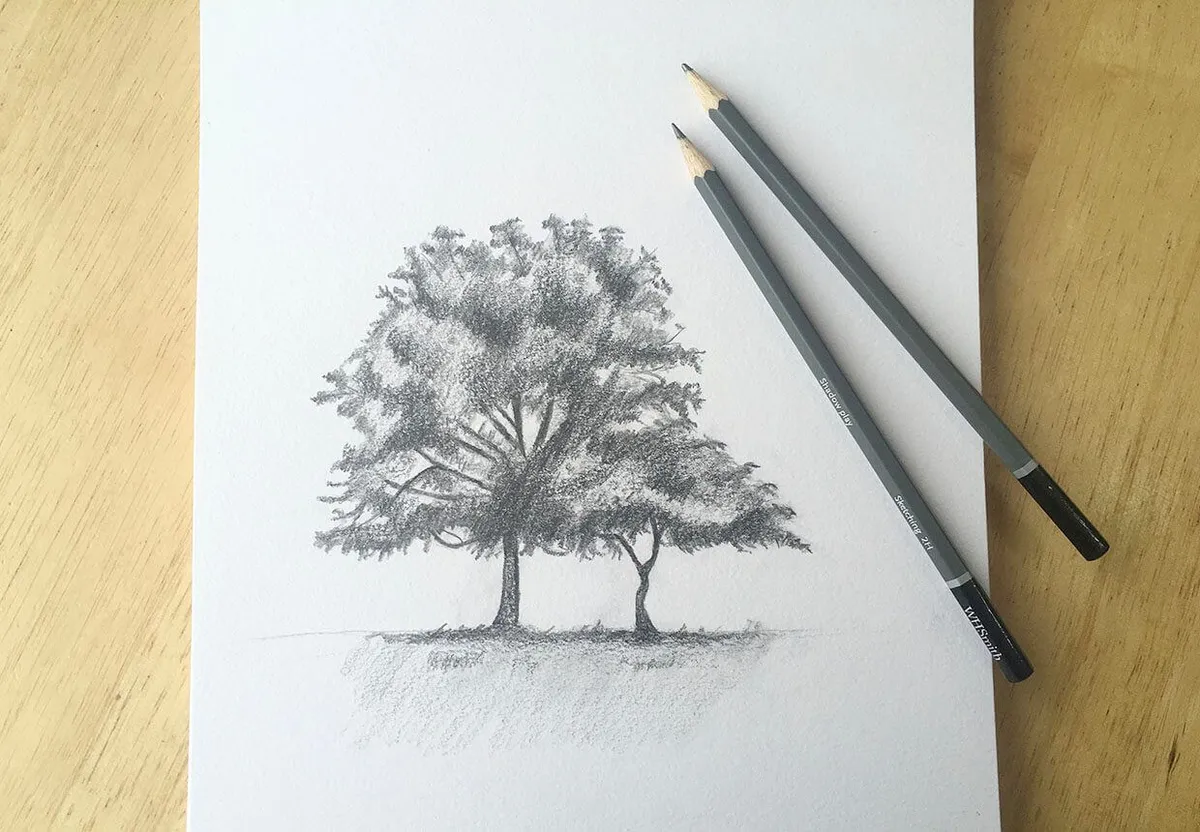
Easy Drawings: A Guide for Beginners
Drawing is a satisfying manner to explicit creativity and can be distinctly enjoyable. If you’re new to art or seeking to enhance your skills, easy drawings are the proper place to begin. This guide will walk you through various strategies, tips, and ideas to help you create stunning art effects.
Why Start with Easy Drawings?
Beginning with clean drawings enables you to build confidence and ability without feeling beaten. easy sketches can quickly improve your creativity and come up with a sense of feat.
Materials Needed for Easy Drawings
Earlier than diving into the drawing strategies, make certain you have the proper substances:
- Pencils: HB, 2B, and 4B pencils are tremendous for novices.
- Erasers: An excellent fine eraser is crucial.
- Paper: Clean drawing paper or sketchbooks.
- Sharpener: Keep your pencils sharp for high-quality info.
- Ruler: Beneficial for drawing immediate strains and shapes.
Basic Drawing Techniques
1. Understanding Lines and Shapes
Start with basic lines and shapes, as those are the foundation of any drawing. practice drawing:
- Straight lines
- Curved lines
- Circles
- Squares
- Triangles
2. Shading Techniques
Shading adds depth and size to your drawings. attempt these techniques:
- Hatching: Drawing parallel lines.
- Cross-hatching: Drawing intersecting lines.
- Blending: Using a blending stump or finger to soften traces.
Easy Drawing Ideas
1. Easy Animal Drawings
Animals are a famous situation for beginners. Right here’s a simple manner to draw a cat:
- Head: Draw a circle.
- Body: Attach an oval form below the circle.
- Ears: Draw small circles inside the head circle.
- Eyes: Draw two small circles within the head circle.
- Nose and Mouth: Upload a small triangle for the nose and a curved line for the mouth.
- Whiskers: Draw 3 lines on each aspect of the nostril.
- Legs and Tail: Simple lines for the legs and a curved line for the tail.
2. Easy Flower Drawings
Vegetation is every other first-rate situation. here’s the way to draw an easy daisy:
- Center: Draw a small circle.
- Petals: Around the circle, draw elongated ovals for petals.
- Stem: Draw two parallel lines extending downward from the center.
- Leaves: Add simple oval shapes to the stem.
Step-by-Step Drawing Tutorials
Drawing a Cute Cartoon Character
- Head: Start with a large circle.
- Eyes: Add two large ovals inside the circle.
- Nose: Draw a small triangle between the eyes.
- Mouth: Add a wide smile below the nose.
- Body: Draw an oval for the body.
- Arms and Legs: Use simple lines for the arms and legs.
Drawing a Simple Landscape
- Horizon Line: Draw a horizontal line across the middle of your paper.
- Mountains: Add triangular shapes above the horizon line.
- Trees: Draw simple vertical lines with ovals on top of trees.
- River: Draw a wavy line starting from the horizon and flowing downward.
- Sun: Draw a semicircle above the horizon.
Tips for Improving Your Drawing Skills
- Practice Daily: Consistency is fundamental. devote a few minutes each day to exercise.
- Observe Real Life: Take a look at actual items and be aware of the shapes and features that lead them up.
- Use References: Use pictures and pix as references in your drawings.
- Experiment with Styles: Strive special drawing patterns to find what you enjoy most.
- Join a Community: Be part of online boards or nearby agencies to proportion your paintings and get remarks.
Common Drawing Mistakes and How to Avoid Them
1. Stiff Lines
- Solution: Loosen up your hand and draw with fluid motions.
2. Uneven Proportions
- Solution: Use pointers and simple shapes to maintain proportions accurate.
3. Overworking the Drawing
- Solution: Realize when to forestall. every now and then much less is extra.
Frequently Asked Questions (FAQs)
Q1: What are some good subjects for beginners?
A: Begin with simple subjects like fruits, animals, plant life, and regular objects.
Q2: How can I improve my drawing speed?
A: Exercise drawing timed sketches. This facilitates improving your velocity and efficiency.
Q3: What are some useful drawing exercises?
A: Try blind contour drawing, where you draw the outline of an object without looking at your paper. This helps improve your remark skills.
Q4: How important is the quality of materials?
A: Good pleasant materials could make a widespread difference, especially as you progress. but, whilst starting, primary substances will suffice.
Conclusion
Drawing is a worthwhile and enjoyable hobby that absolutely everyone can examine. beginning with smooth drawings builds a strong basis, permitting you to develop your capabilities and self-assurance. don’t forget that ordinary exercise and endurance are important to development. So clutch your pencils and paper, and start creating easy drawings today!
